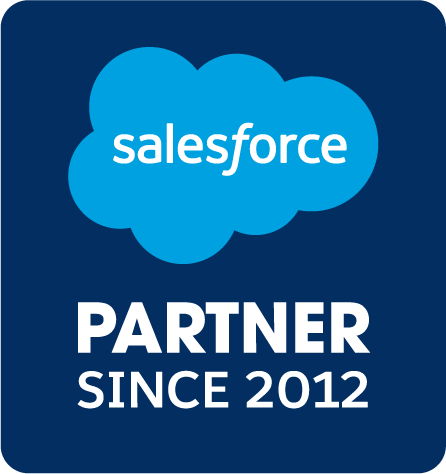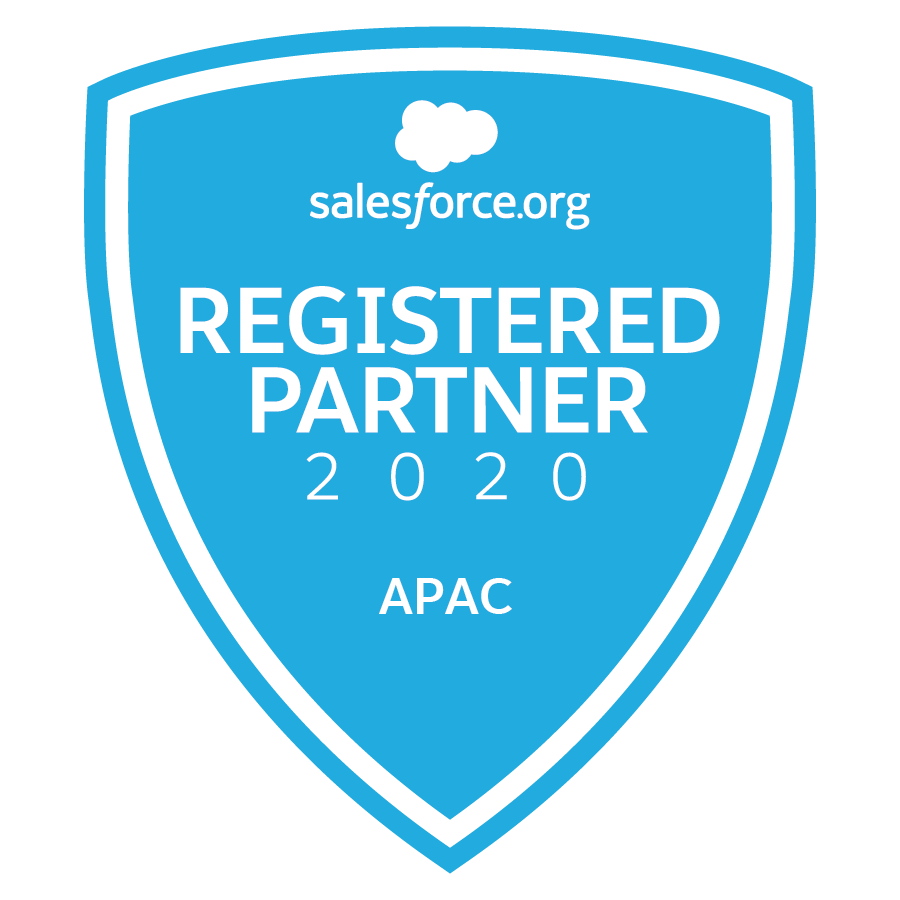I have heard many times in my career that company X’s Salesforce project has failed. In fact, there are a number of industry analyst reports quoting failure rates ranging from 18% to 69% for CRM projects1.
One of the key reasons why Salesforce projects fail is because of change management, or lack thereof:
- Lack of clarity on business outcomes and goals
- Poor change leadership
- Lack of involvement from key stakeholders
- Lack of training
- Lack of management of change measures
It is important to put a fit-for-purpose and business enabling Salesforce platform in place, and it is equally important to make sure that people and processes are established to drive the operationalisation of the platform. Many companies have implemented Salesforce but they often miss the opportunity to fully maximise the value of the platform because certain parts of the platform are not being used. Quite often, change management is the root cause of the issue because it is the first area that is deprioritised when allocating budget to implement Salesforce. The end result is often like “having a Ferrari parked in your garage and not knowing how to drive it”, which is what you often hear in the ecosystem.
So what does successful change management look like? Without digging into human psychology and group dynamics, there are some fundamental elements to change management that every decision maker and project team should consider when they take on any project, let alone a major technology transformation program:
Why do you need to change?
Organisations should have defined, clear and measurable goals before starting the project. Often by the end of the implementation, no one talks about those metrics anymore because X months/years have passed, people have left, decision makers are busy with new priorities and so on. Maintaining clear metrics and definitions of what success looks like throughout the project are absolutely critical to delivering a successful business outcome and gaining stakeholder’s buy-in.
What is changing?
Once the case for change has been identified, the question is what is actually changing. In many cases, the business is going to use Salesforce instead of system Y, but there is more to it. What is the impact on the new operating model of the business? What are the process changes? What are the roles and responsibilities that need to change? Who is going to support the platform? Having analysed the holistic and detailed impact of the change is critical to managing people’s expectations and developing a plan to manage change.
Who will be impacted by the change?
We often talk about Salesforce users who will be using the system in the context of end user adoption. However, more often than not, end users present the smallest challenges for embracing change when compared with stakeholders who are not using the platform on a daily basis. There are often a number of different stakeholder groups that are involved throughout the lifecycle of a project. It is important to understand who they are and what their needs and wants are in the same way as you would when performing a customer journey mapping exercise. Creating personas and understanding your customer base is vital because at the end of the day, we are working with people.
Is everyone ready to change?
Once the impact of the change has been identified, the next step is to understand the readiness level of people to change. Let’s face it, no one likes to change, but there are ways you can increase people’s willingness to change by encouraging them and bringing them on a journey through effective engagements. Once people are committed, you can manage process and technology changes much easier.
How do we communicate change?
This is where understanding human psychology might help, but you don’t have to be a trained psychologist to understand what people want and how to communicate with them. Developing a communication plan that takes into consideration stakeholder’s needs and wants will go a long way. Think about the channel, messaging, and engagement frequency, and track the engagement levels and reassess the change readiness.
Change management is not rocket science, but it deserves some focus. Salesforce projects have some unique change management considerations but at the end of day it all starts with people. Ensuring stakeholders are on side and receptive to what’s being planned will go a long way to ensuring the success of your Salesforce integration long after the technology is set up.
1 https://www.cio.com/article/2381909/what-to-do-when-your-crm-project-fails.html






